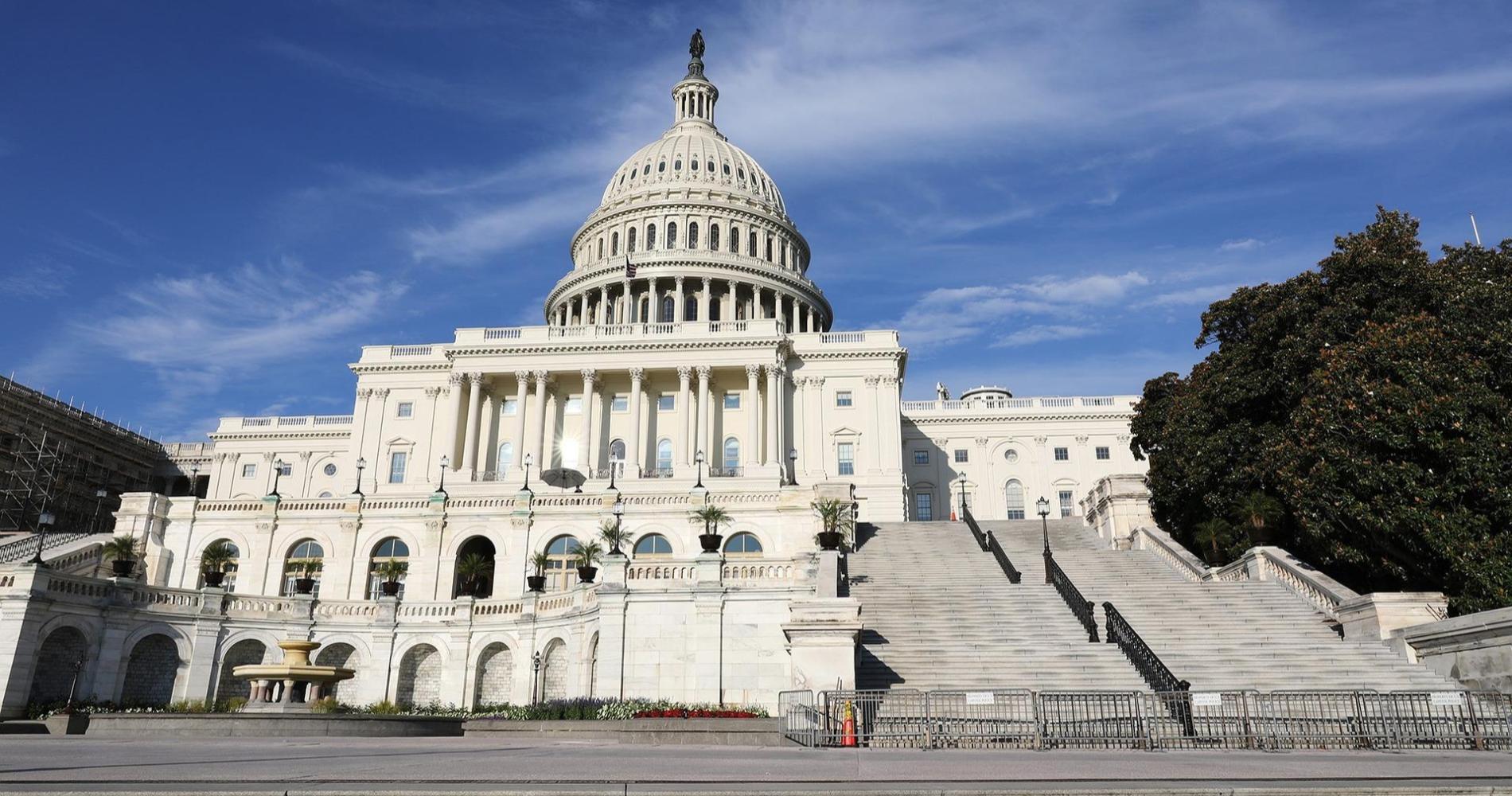While the US Senate passed a record bipartisan $858 billion defence bill on December 15 legislation to expand existing but limited counter-UAS authorities has been delayed until the next Congress convenes sometime in early 2023.
This lack of urgency with regards to the growing threat presented by unmanned aircraft systems comes at a particularly trying time. There has been a rise in the number of drones entering no-fly zones at critical infrastructures. While most of these were the result of carelessness, UAVs have also been used for criminal and terrorist purposes.
The Federal Bureau of Investigations (FBI) stated in November that a drone, which crashed near a Pennsylvania power facility in 2021, was probably on a kamikaze mission to cut electricity supplies. According to the FBI:
[W]e expect illicit [drone] activity to increase over the energy sector and other critical infrastructure facilities as use of these systems in the United States continues to expand.”
Despite the disconcerting data, Washington as well as other governments have a blind spot when it comes to drone detection technologies.
The limits of traditional air defence
On the one hand, the US Senate voted overwhelmingly to increase the defence budget by 8% over fiscal 2022 levels. On the other hand, unauthorised drone usage, widely considered a leading security threat, is on the rise.
The reason for this state of affairs is that expensive air defence systems are losing the battle against lower cost offensive drones since the former are not particularly well-equipped to deal with the latter.
For one thing, the air defences of most advanced nations are designed to deal with higher-end threats like conventional aircraft and ballistic missiles. However, drones are harder to detect due to their size and minuscule radar cross-section.
From an economic standpoint, launching expensive surface-to-air missiles (SAM) against makeshift drones is a nonstarter. Besides, most SAM batteries do not have capacity to effectively intercept UAV swarms.
Yet the expansion of attack drones in military conflict and the proliferation of hostile drone developments are only escalating the need for a viable C-UAS response. To counter future attacks, governments need better short-range air defence systems and lower level search-and-track radar, experts say.
Mission critical: neutralising unauthorised UAV activity
With a predicted surge in the use of unmanned aircraft, the need for anti-drone technology to counter rising incidents of spying and attacks on critical infrastructure is greater than ever.
Moreover, drones are becoming more powerful, with their altitude, range, endurance, air speed and precision of navigation rising appreciably.
An important step towards greater security would be the reauthorisation of The Senate Homeland Security and Governmental Affairs Committee’s Safeguarding the Homeland from the Threats Posed by Unmanned Aircraft Systems Act (S. 4687).
Reauthorising the bipartisan bill would strengthen authorities’ ability to develop and deploy counter-unmanned aircraft systems. The bill would also empower critical infrastructure entities to detect, track, identify and defeat potential threats from small drones.
How to effectively operate in a new security paradigm
Drone technology has transformed the security landscape into a 3-dimensional environment where traditional air defence is increasingly redundant. Governments that are effectively combating the drone threat are doing so by integrating a wide array of counter-UAV technologies that offer comprehensive protection of critical infrastructures and other sensitive assets.
Such a modular, scalable concept for the protection of critical sites can be customised based on specific threats and operational requirements to provide an optimal solution.
National decision makers in Washington and other capitals around the world would be wise to carefully consider the rapidly evolving threat landscape before spending time and treasure on systems that do not effectively address the threat posed by unauthorised drones.

